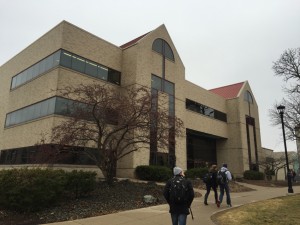
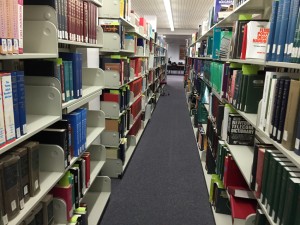
Few would dispute the fact that the Cullom-Davis Library is in dire need of improvement. For the past five years it has been ranked poorly by the Princeton Review. In 2011, it was No. 1 in the “This is a Library?” category, while this year it sits at No. 3.
According to a survey distributed by The Scout, students reported they are unhappy with the library’s facilities, criticizing its uncomfortable seating, lack of electrical outlets, unpleasant temperature and insect infested basement.
A majority of students reported they went to the library to study.
“The library is not a very aesthetically pleasing space to be in,” senior English major Adam Hahn said. “It’s dirty, the furniture is mismatched and the carpeting is ugly.”
However, Hahn said he appreciates the amount of public computers available, and he said he often uses them to complete assignments and do research.
Faculty had a more positive perspective on the library than students.
“The library services are top notch,” physical therapy and health science department chair Steve Tippet said. “[The library] gets the articles we need quickly and accurately. We couldn’t get by without them.”
According to Tippet, his department utilizes the library’s resources more than any other, specifically the library’s subscription to a variety of academic journals.
Executive director of the library Barbara Galik said she was unsurprised by the differing opinions.
“There is a dichotomy between the faculty and the students about the library,” Galik said. “The [faculty] think of it as the collections while the [students] as a whole think of it as a physical place.”
Galik said this difference between faculty and students speaks to a broad shift in usage that’s affecting libraries across the country. She said this change is important to consider when making plans for the library.
“The library was last renovated in 1990, and it was a fairly humble renovation, only meant to last until 2000, because people thought the Internet was going to remove the need for a physical facility,” Galik said. “But that hasn’t been the case because to digitize all those centuries of printed material is just too expensive and labor intensive of a project to complete in the span of a couple decades.”
According to Galik, the 1990 renovation also failed to predict the popularity of laptops, smartphones, tablets and other mobile devices. She said this is why there weren’t more electrical outlets installed into the building.
“Students complain that this isn’t a very 21st century-driven building,” health science and science librarian Megan Jaskowiak said. “Access to electric resources is one of [students’] primary concerns.”
Jaskowiak said she knows academic libraries, usually at medicals schools, that are heavily dependent on reference resources, that have gone bookless, but she thinks those are exceptional and not indicative of the future of libraries.
“Studies are now saying that a large percentage of Millennials actually enjoy books,” Jaskowiak said. “Some people talk about how they love the smell of books or the feel of the paper, but Millennials talk more about how if you have a book in your hand your attention isn’t diverted and you can focus.”
Special collection librarian Charles Frey said he believes books will be central to libraries for the foreseeable future but acknowledges that the function of the library is changing.
“Peoples’ concept of what libraries are is in flux,” Frey said. “The collections is becoming this hybrid of digital and physical texts, while the space itself is becoming more open and collaborative.”
Frey said students come to the library to study and work together, but the current building lacks the capacity to meet their demands for space.
Galik said she’s working on creating more study rooms and removing the empty book stacks on the second floor to add more tables and chairs. She said she also hopes to create “makerspaces” to encourage and enhance collaboration between students.
“Makerspace is library jargon for a communal area that is equipped with the technology and resources necessary to create artistic and academic projects,” Galik said.“For example, it might have 3-D printers, sewing machines, poster boards and things of that nature.”
Galik said she predicts the library’s role as an electric depository will continue to grow, and it will become more of a laid back collaborative environment for students.
“Libraries started off as places to gather and share thoughts, and strangely all of this technological change is ultimately bringing them back to their origins,” Galik said.
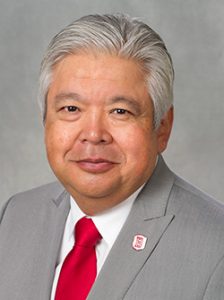
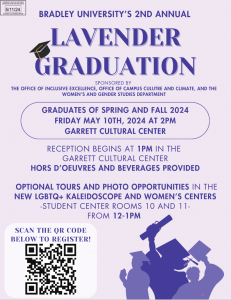

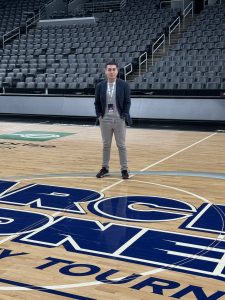

the library is the heart of any great academic institution. IT needs to be a high priority for future improvement plans!